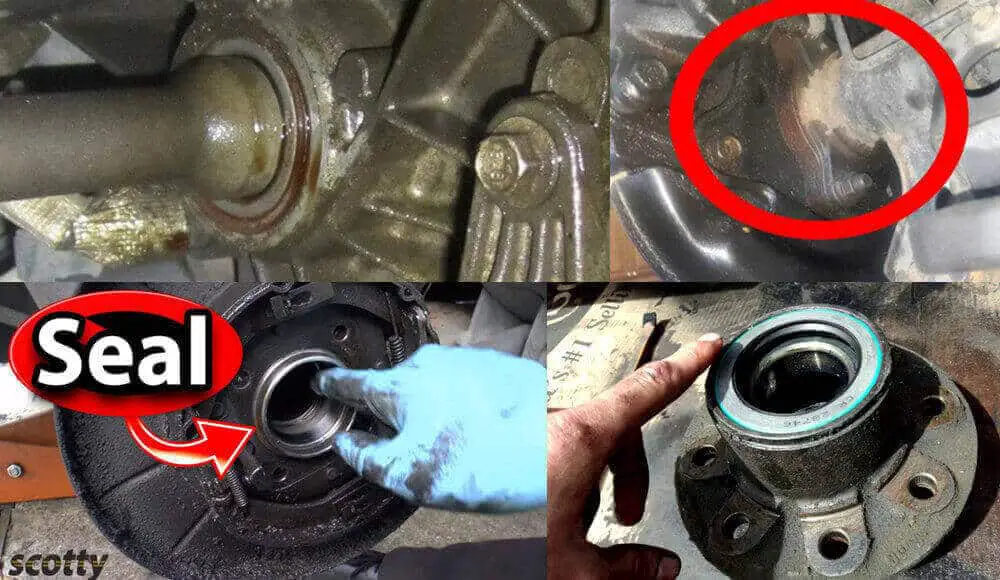Replacing a shaft is a crucial maintenance procedure that can arise in various industries, including manufacturing, automotive, and energy. This comprehensive guide aims to provide a thorough understanding of the factors influencing shaft replacement costs and empower you with informed decision-making.

Image: mycostguy.com
Delving into Shaft Fundamentals
A shaft, a fundamental mechanical component, transmits torque or power from one part of a machine to another. It’s often made of steel, aluminum, or alloyed materials to withstand the rigors of rotations and high stress. The size, material, and design of a shaft determine its performance and longevity.
The failure of a shaft can lead to catastrophic consequences, ranging from costly downtime to safety hazards. Hence, timely replacement is essential to prevent such disruptions.
Unraveling Cost Considerations
The cost of replacing a shaft encompasses several components:
Material Selection:
The choice of material significantly impacts the price. High-quality steel alloys, such as stainless steel or tool steel, offer superior strength and durability, warranting a higher cost.

Image: costniche.com
Dimension and Complexity:
Larger shafts generally demand a higher price, as do those with intricate designs or requirements for specialized machining.
Quantity of Replacement:
The number of shafts to be replaced influences the total cost. Discounts may be applied for bulk replacements.
Labor Charges:
The labor costs associated with shaft replacement vary based on the equipment’s accessibility, the complexity of the procedure, and labor rates in the region.
Maintenance Contract:
Pre-existing maintenance contracts often include parts and labor costs, resulting in lower out-of-pocket expenses during replacement.
Evaluating Additional Expenses
Apart from the aforementioned factors, other expenses may arise, such as:
Equipment Rental:
Repairing shafts within confined spaces or specialized equipment might necessitate renting additional equipment, incurring additional costs.
Transportation Costs:
Large or heavy shafts may require special transportation arrangements, further adding to the expense.
Contingency Fund:
Allocating a contingency fund is prudent to cover unexpected expenses or delays.
Estimating Replacement Costs
Estimating replacement costs requires considering the factors discussed above. Here’s a framework for estimation:
Online Cost Calculators:
Various websites offer online cost calculators that provide rough estimates based on input parameters. These estimates should be adjusted based on regional factors.
Consultation with Experts:
Consulting with experienced mechanics or manufacturers can provide accurate quotes tailored to your specific requirements.
Historical Data:
Analyzing historical replacement costs can offer insights into potential expenses.
Maximizing Cost-Effectiveness
Adopting these measures can enhance cost-effectiveness:
Preventive Maintenance:
Regular shaft inspections and maintenance can prevent premature failures, reducing replacement frequency and associated costs.
Negotiating with Suppliers:
Consider comparing quotes from multiple suppliers and negotiating the best price while ensuring quality.
Seeking Warranty Coverage:
Selecting shafts with a manufacturer’s warranty can cover replacement costs within the warranty period.
Exploring Refurbishment:
Refurbishing a shaft, if feasible, can be a cost-effective alternative to full replacement.
How Much Does It Cost To Replace A Shaft
Conclusion
Understanding the intricacies of shaft replacement costs empowers you with knowledge to make informed decisions and optimize maintenance strategies. Consider the factors we’ve explored, leverage cost-effective measures, and seek expert advice when necessary. Remember, timely shaft replacement safeguards your equipment, ensures operational efficiency, and minimizes potential losses.